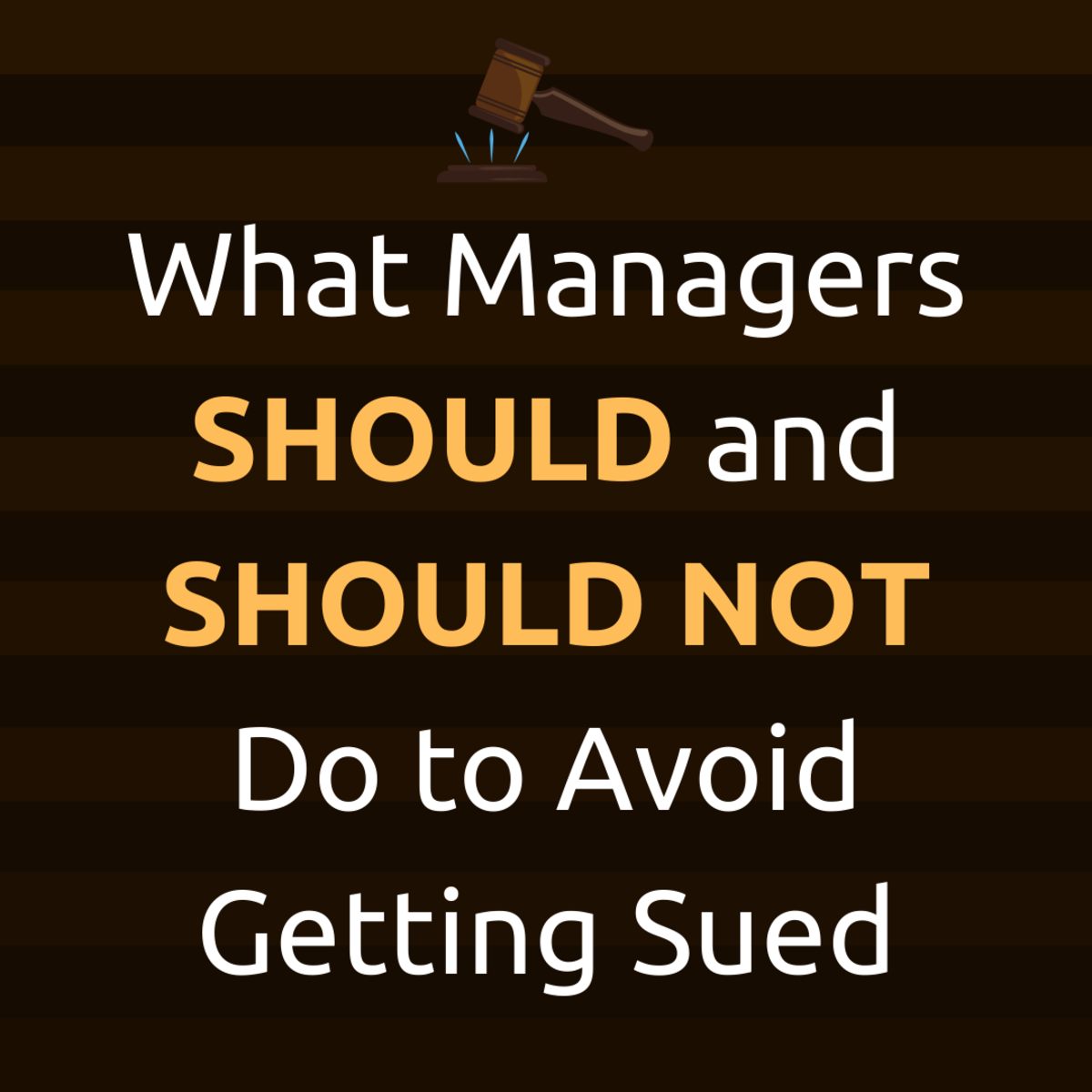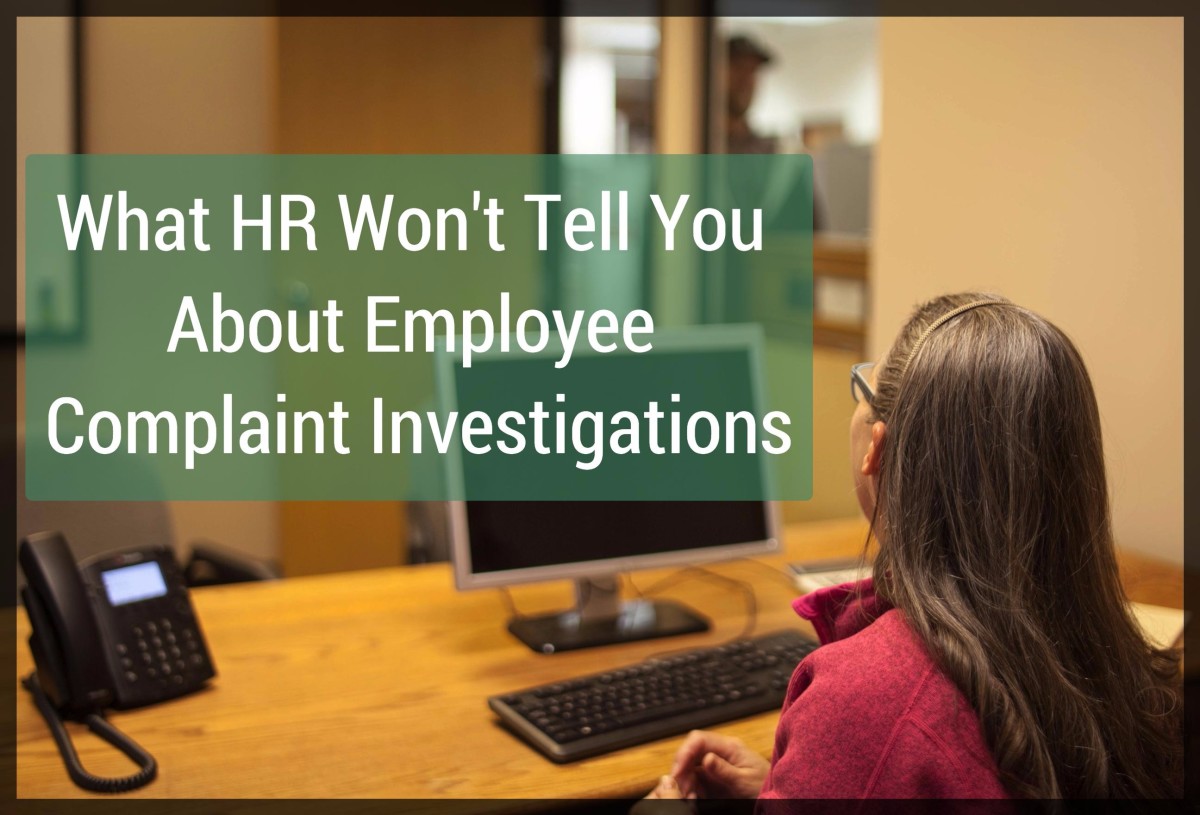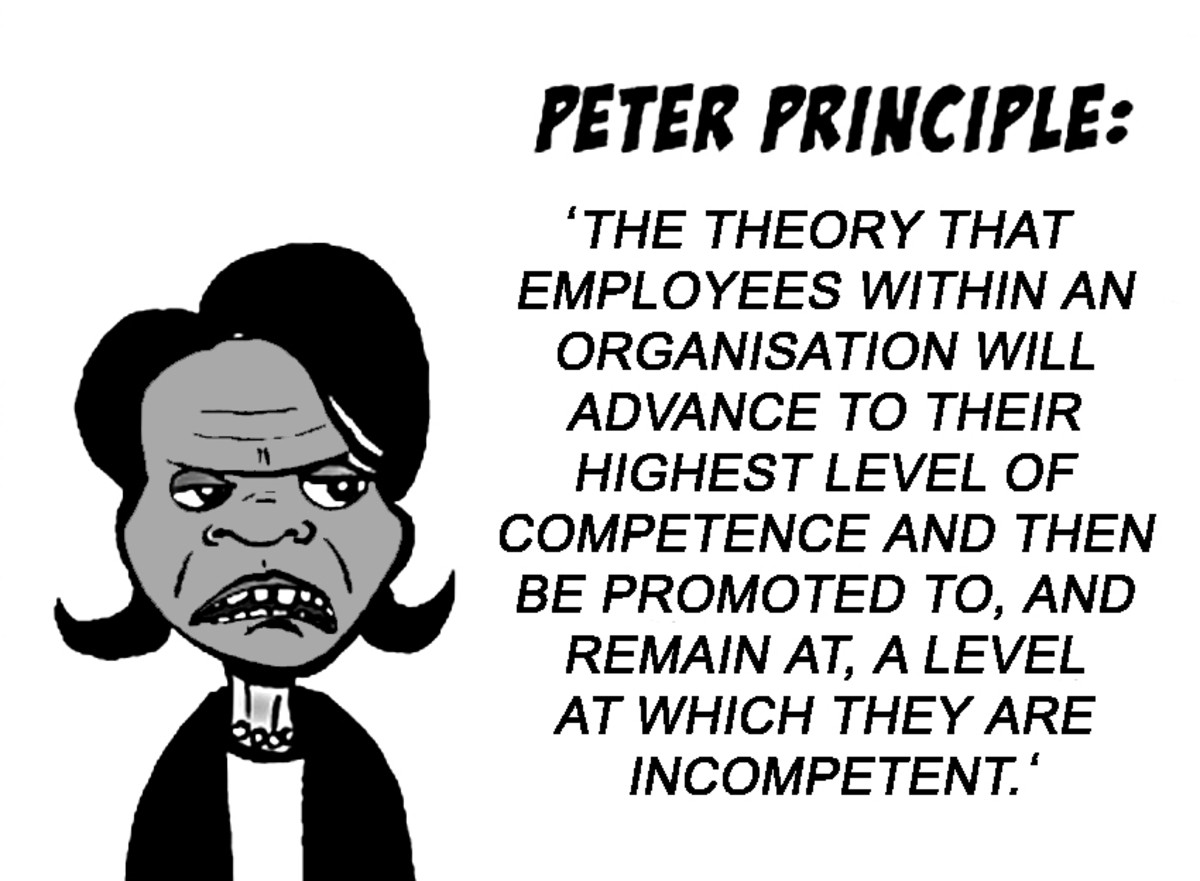Is Your Employee Pipeline Running Dry?
Introduction
The employee pipeline is the demographic model of your workforce. It is similar to the bar charts showing the size of each age cohort in the general population. In a healthy workplace, there is a near equal distribution of employees in all age groups from high school graduates to those ready for retirement.
Pyramid shaped demographics in the workplace, whether they are top heavy or bottom heavy, are a sign of trouble in recruitment and retention. Bulges may result from initial formation of the company or poor hiring practices. Bottlenecks indicate severe problems in human resources.

Are Older Workers Missing?
Bias that drives out more experienced or older workers result in a pyramid structure, with far more young employees than older ones.
Age discrimination in the work place is illegal. However, a host of factors can drive out older employees. Bias toward new hires and those below 40 due to their lower compensation can simply be a matter of economics. However, the perception that there is no future with the company can cause employees nearly 30 or the company "cut off" age to actively seek employment elsewhere before they are cut.
Companies also lose out on the expertise that comes with years of experience in house. The company is then left with higher turnover than is necessary while losing its most experienced staff, leaving the latest crop of newer, cheaper and less qualified personnel.

Is There a Bulge in the Age Distribution Chart?
Is the group dynamic focused on one core set of personnel to the exclusion of everyone else? Unlike other population charts, this problem can be revealed by a bulge of workers of the same age as the founder or company leadership.
The initial people hired by a startup are typically close in age to the founders. When there is bias toward connections to the company founders and their friends, hiring then trends toward friends and neighbors of the same age as the founder's peer group.
While nepotism is most common with family businesses, it can occur in any business. Be careful that the core group of founders and their friends do not become the heart and soul of the business to the exclusion of anyone else. Businesses frequently start with one person or a group of friends who then brings in their friends or family members of similar age. This creates a critical mass of employees who feel connected to the business.
However, if the business then treats those who came in on the initial founders' referrals better than referrals of later comers or treat subsequent hires as inferior because they did not join in the "good old days", the company is left with a core group of the similar demographics and connections. The company loses new talent of any age brought in unless it is their own family, creating nepotism or a family business when that was not the original intent.
If the only way you can bring in new blood is hiring someone's daughter, the business needs to ask why other young people do not want to work there. If everyone older than the founding group leaves after a few years, ask why the experienced talent that was brought on refuses to stay. A corporate culture that excludes “outsiders” regardless of their age or skill sets may be to blame.
Are the Founders There Forever But No One Else Stays Long?
Are younger new hires leaving after a few years, causing the average age in the work place to increase?
High turnover among the young with retention of older workers shows up as a bottle neck in the age chart. There will be a significant number of older and younger employees with a much smaller, middle cohort. The talent pipeline then thins, with a small number of subject matter experts endlessly training new hires.
Turnover metrics may not reveal the full cost of this turnover. Businesses that do not keep the talent pipeline filled with younger staff staying on long term lose the senior staff who will train the next generation to enter the company. And the moment the company adjusts its pension plan to look very attractive to a crop of Baby Boomers nearing retirement could lose half its staff in a fell swoop.








